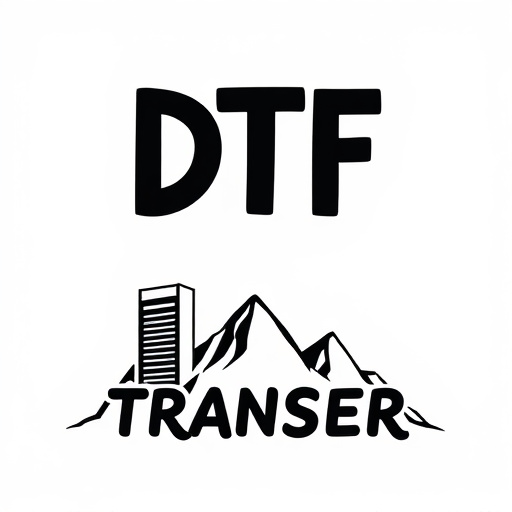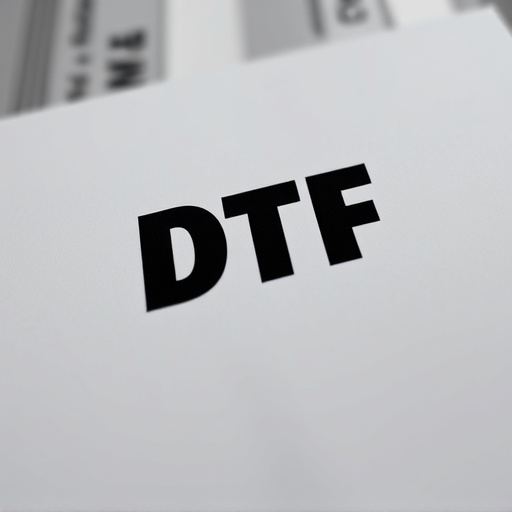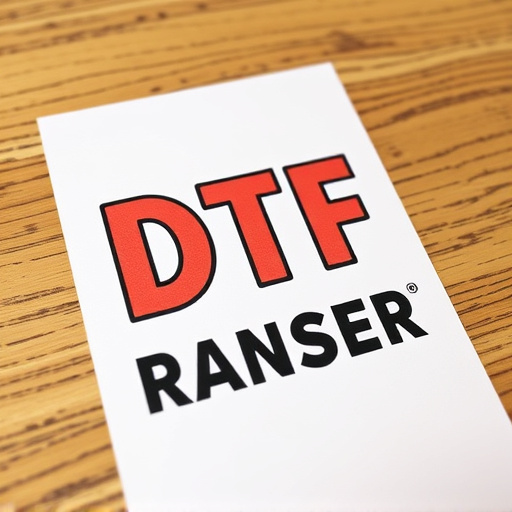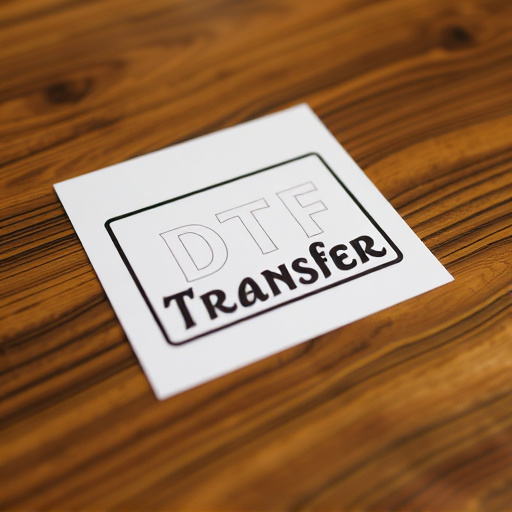Carrier film plays a critical role in Direct-to-Film (DTF) transfer printing, protecting designs during application. Removing this film after transfer requires careful techniques to avoid damaging delicate prints, especially on curved or intricate surfaces. Physical methods like scraping and compressed air, combined with tailored chemical cleaners, ensure effective removal. Post-processing best practices include allowing the print to cool before peeling and cleaning the surface with isopropyl alcohol. Advanced technologies, such as automated film stripping systems and laser techniques, streamline DTF transfer processes, offering precise, damage-free results for high-volume operations and intricate designs.
In the realm of DTF printing, achieving crisp, vibrant DTF prints involves a meticulous process that includes applying and then carefully removing the carrier film. Understanding this crucial step is essential for ensuring high-quality DTF transfer results. This article explores common challenges in carrier film removal post-DTF transfer, delving into both physical techniques and chemical solutions. We also uncover best practices, advanced tools, and innovative technologies designed to streamline this critical phase, enhancing efficiency and safety in DTF printing.
- Understanding Carrier Film: What It Is and Why It's There
- Common Challenges in Removing Carrier Film After DTF Transfer
- Physical Techniques for Efficient Carrier Film Removal
- Chemical Solutions for Delicate DTF Print Cleaning
- Best Practices for Safe and Effective DTF Transfer Post-Processing
- Advanced Tools and Technologies for Streamlined Carrier Film Elimination
Understanding Carrier Film: What It Is and Why It's There
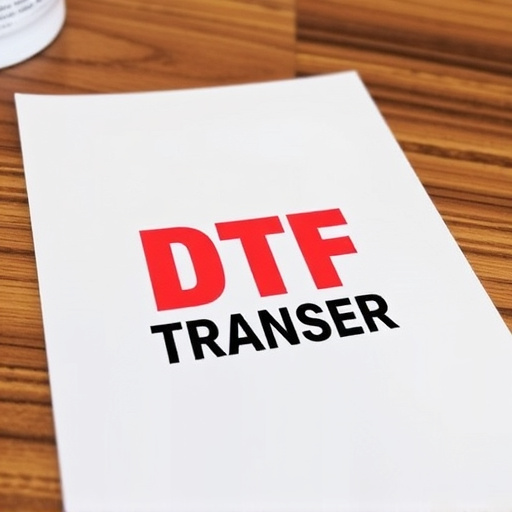
Carrier film, an essential component in Direct-to-Film (DTF) transfer printing, serves as a protective layer during the application process. It acts as a barrier between the print design and the substrate material, ensuring precise alignment and preventing smudging or damage. Typically made from mylar or polyester, this thin film is carefully applied to DTF prints before transferring them to various surfaces like ceramics, glass, or metal. Its primary role is to facilitate a clean and crisp transfer, allowing for intricate details and vibrant colors in the final product, be it custom-designed mugs, decorative plates, or art pieces.
Understanding the purpose of carrier film is crucial for successful DTF printing. It ensures that the fine lines and intricate patterns in DTF prints are not compromised during handling and application. By carefully removing the carrier film after the transfer is complete, users can reveal the high-quality DTF prints they’ve created, whether it’s a personal touch on everyday items or a professional endeavor requiring precise, detailed designs.
Common Challenges in Removing Carrier Film After DTF Transfer

Removing carrier film after a Direct to Film (DTF) transfer can be challenging due to several common issues. One major hurdle is ensuring complete removal without damaging the delicate DTF prints. The film often adheres strongly to the surface, especially if the transfer was done correctly, leading to potential scuffs or tears if not handled carefully.
Another challenge arises from the variety of materials and surfaces used in DTF printing. Different substrates may require specific techniques, making it tricky to find a universal solution that works for all projects. Additionally, residual adhesive left behind can be stubborn, especially on curved or intricate surfaces, necessitating meticulous cleaning and careful stripping to avoid damaging the final product.
Physical Techniques for Efficient Carrier Film Removal
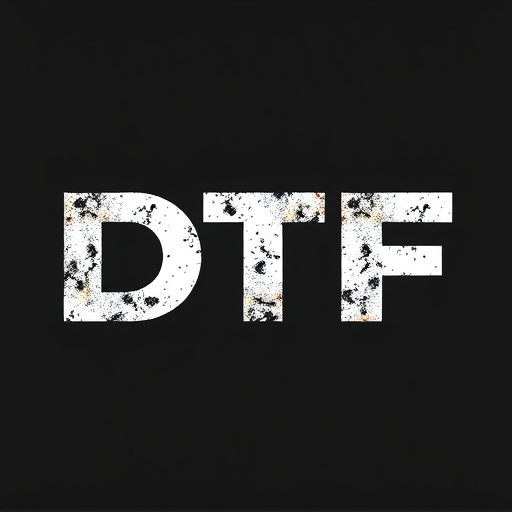
Physical techniques offer a straightforward and effective approach to removing carrier film after a DTF (Direct-To-Film) transfer application. One popular method involves using a scraper or squeegee to gently peel away the film, ensuring not to damage the underlying print. This technique is particularly useful for larger projects or when dealing with delicate materials, as it provides precise control and minimizes the risk of smudging or transferring ink onto other surfaces.
Another physical removal method involves using compressed air cans to blast away any remaining film particles. This is especially beneficial for reaching tight spaces or removing stubborn residue. For DTF printing enthusiasts, combining these physical techniques with a thorough cleaning solution tailored for DTF prints ensures optimal results, leaving behind crisp and vibrant DTF prints without any unwanted carrier film remnants.
Chemical Solutions for Delicate DTF Print Cleaning

Removing carrier film from delicate DTF prints requires a careful approach to ensure the integrity of the transfer. Chemical solutions have proven effective in achieving clean, high-quality results. For intricate designs with fine details, specific chemical cleaners designed for DTF printing are essential. These solutions are formulated to dissolve the adhesive without damaging the printed image, offering a gentle yet powerful cleaning method.
When using chemical solutions, it’s crucial to follow manufacturer instructions precisely. A common approach involves immersing the DTF prints in warm water to soften the adhesive, followed by the application of a suitable solvent. Isopropyl alcohol is a popular choice for its ability to break down adhesives and dissolve residual film. Proper ventilation is essential during this process to prevent exposure to harmful fumes.
Best Practices for Safe and Effective DTF Transfer Post-Processing

When it comes to DTF (Direct-to-Film) transfer post-processing, adhering to best practices ensures safe and effective results. The first step is to allow the transferred film to cool completely before attempting any removal. This prevents warping or damage to the print. Once cooled, carefully peel back a small corner of the carrier film using a dull tool like a spudger to avoid tearing the DTF print. Slowly and gently separate the film from the substrate, going around corners slowly and taking care not to stretch or pull on the print itself.
For optimal results, clean the surface of the DTF prints with a soft cloth dampened in isopropyl alcohol to remove any residual carrier film debris. This final step ensures a crisp, professional finish for your DTF prints. Remember, patience and careful manipulation are key throughout the process to avoid damaging delicate printed surfaces.
Advanced Tools and Technologies for Streamlined Carrier Film Elimination

In today’s advanced printing industry, the process of applying DTF (Direct to Film) transfers has become a popular and efficient method for creating high-quality prints on various materials. However, after the transfer application, the carrier film must be carefully removed to ensure optimal print performance and prevent potential damage. This is where advanced tools and technologies come into play, revolutionizing the way we handle this post-application step.
Automated film stripping systems are now available, offering a fast and precise method for eliminating the carrier film from DTF prints. These systems use specialized solvents or heated rollers to gently separate the film from the print surface without causing any damage or smudging. This technology is particularly beneficial for high-volume printing operations, as it streamlines the production process, reduces manual labor, and ensures consistent results. Additionally, laser-based film stripping techniques have emerged, providing an accurate and clean way to remove the carrier, especially suitable for intricate DTF prints like those used in signage and decorative applications.








